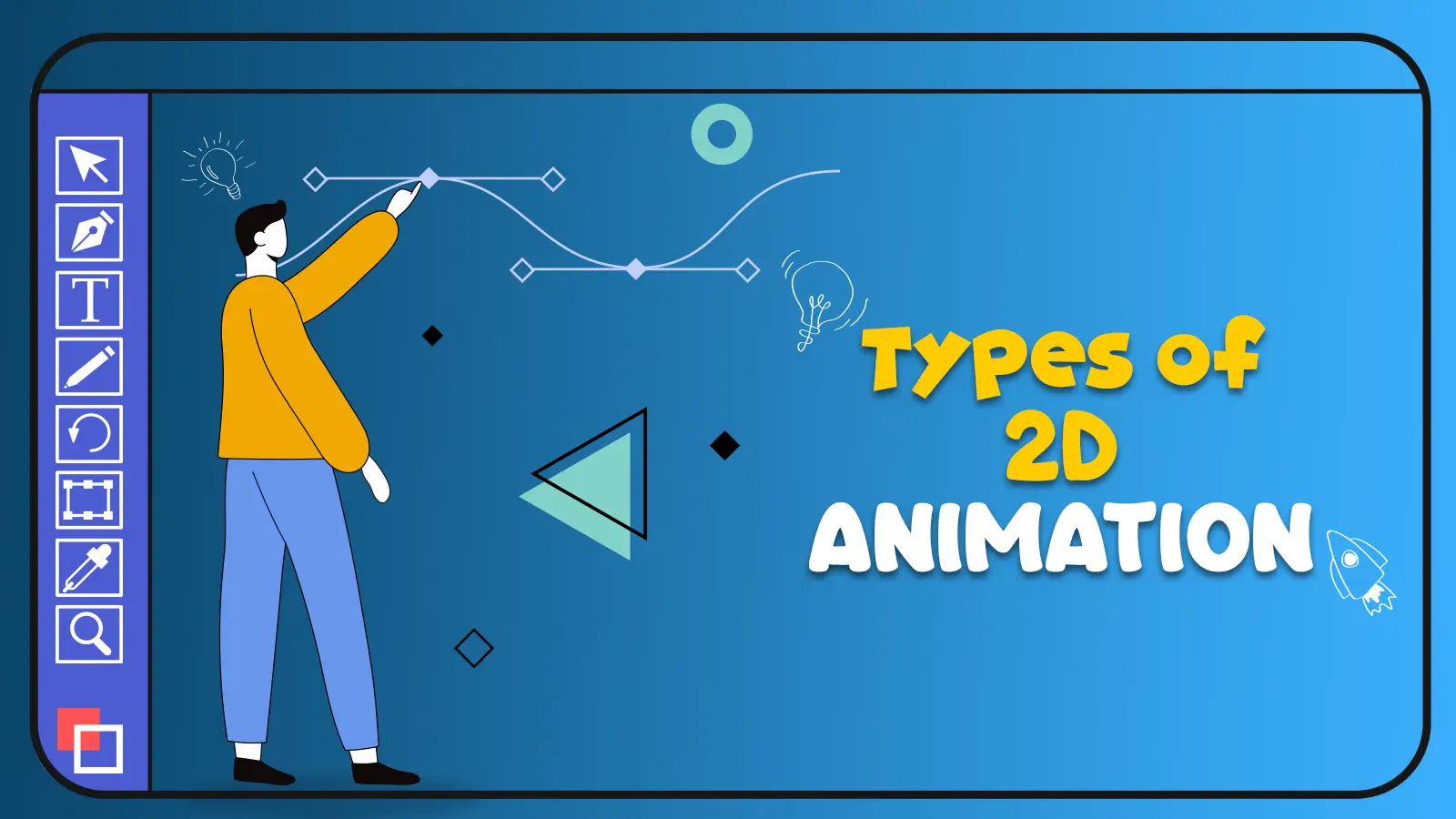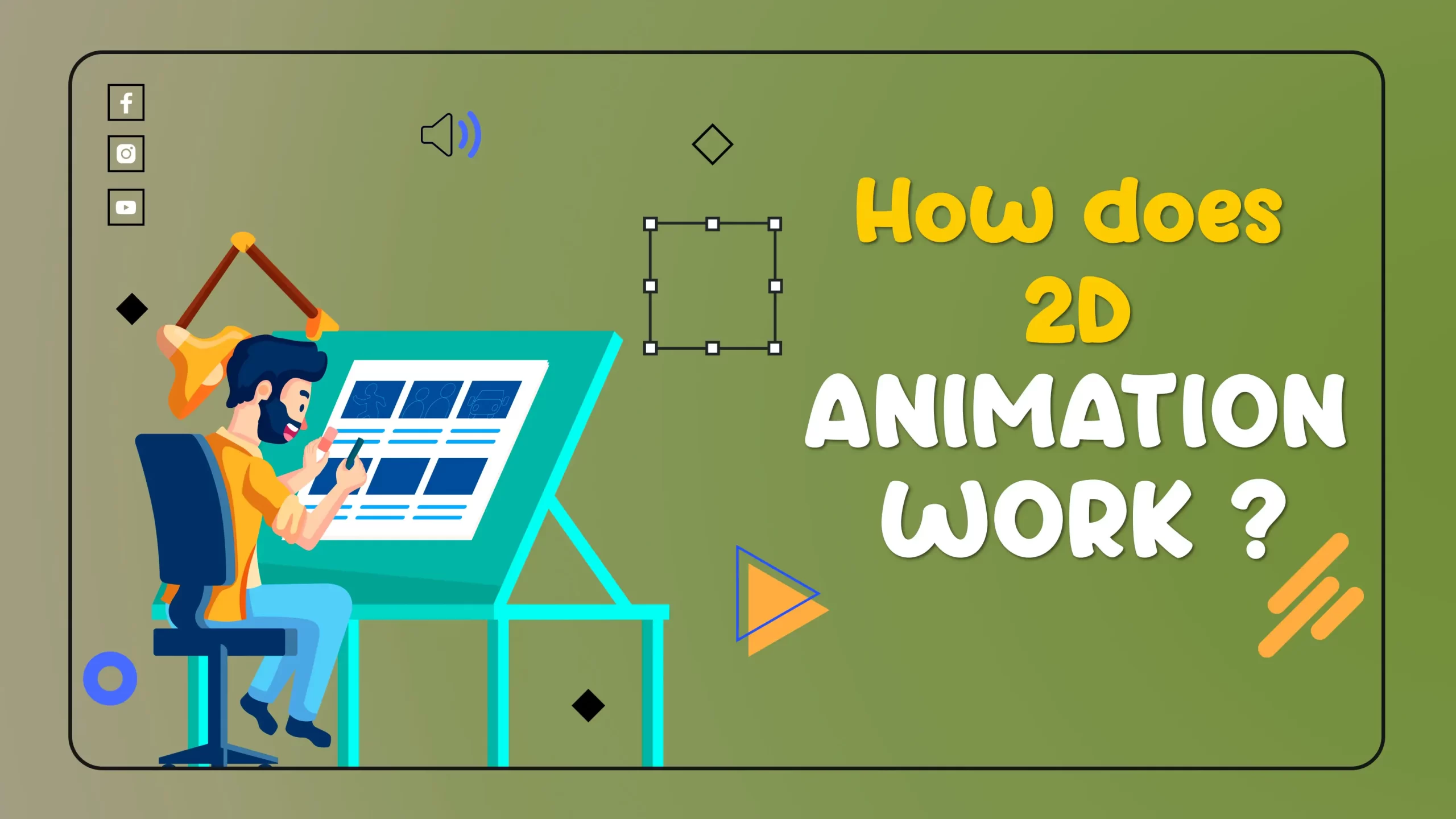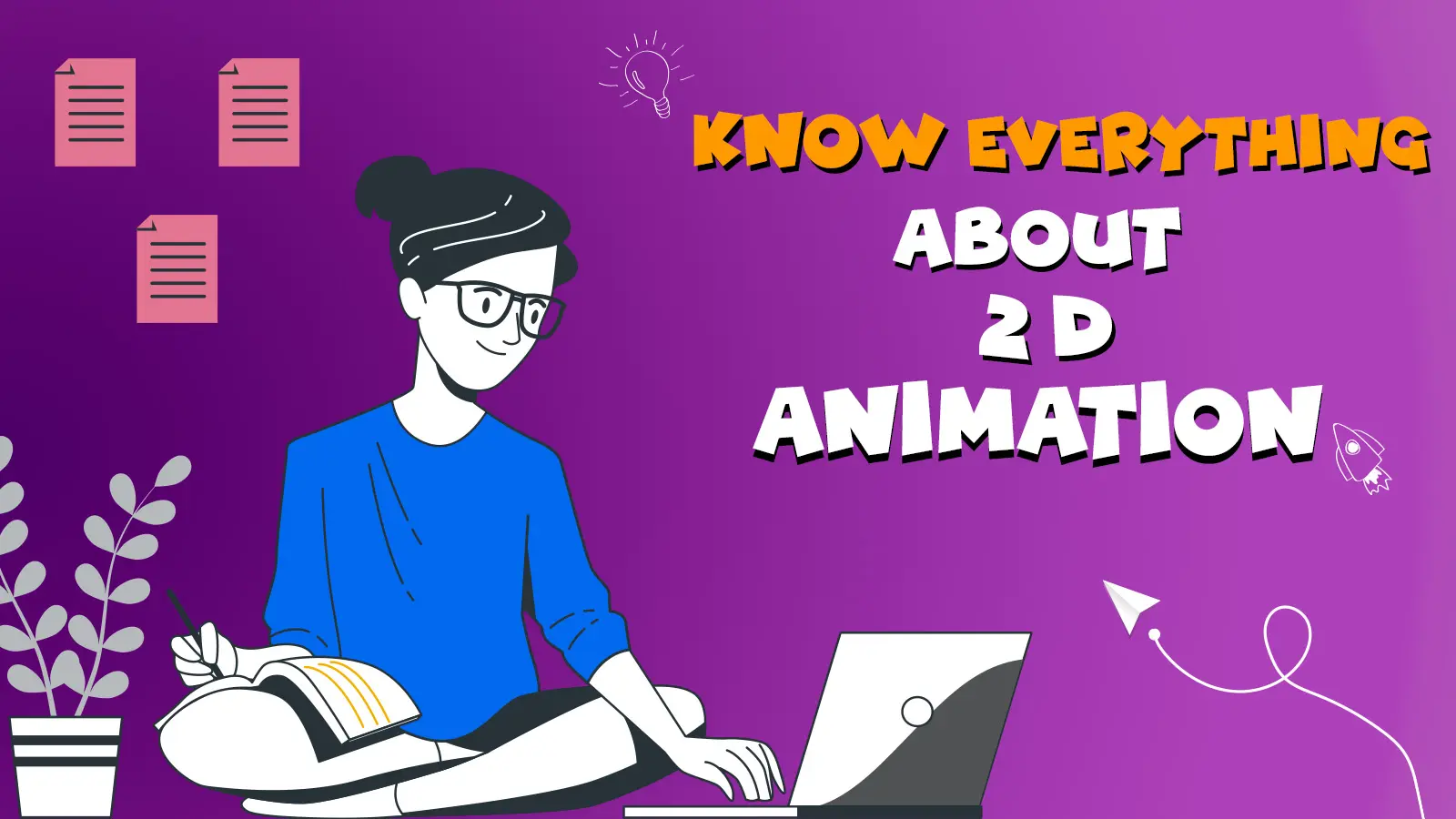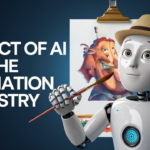Animation stands as a timeless art form that continues to captivate audiences across various mediums. Whether it’s the enchanting world of cartoons, the immersive experience of video games, or the dynamic narratives of films, 2D and 3D animation has proven its versatility and enduring appeal. 2D animation is, in fact, a popular form of storytelling that’s making a massive comeback and can be seen in TV shows, video games, feature films, advertisements, mobile applications, and websites.
In this article, we’ll explore the intricacies of 2D animation, exploring its history, the role of 2D animators, and the process of creating 2D animation.
What is 2D Animation?
2D animation, also known as Traditional animation, is the art of crafting movement within a two-dimensional space. It has a rich history dating back to the 1800s, initially finding its place in cartoons and animated movies. This type of animation involves sequencing static images of characters, storyboards, and environments together to create the illusion of continuous movement.
Using 2D animation, companies make engaging videos to share on different social media platforms that give their brand an identity, increase their brand visibility, and increase their ROI. In 2D animation, graphic design, motion graphics, voiceovers, and character animation are combined to create visually appealing videos that tell a story and simplify complex topics.
2D animation is versatile and can be used for a variety of purposes such as Marketing videos, Educational presentations, Corporate presentations, Movies, Commercials, and TV shows.
Types of 2D Animation

- Stop-Motion Animation: In Stop-Motion (or Stop Frame Animation) Animation, objects are physically manipulated to move between frames.
- Frame-by-Frame Animation: In frame-by-frame animation, each frame is drawn individually to create the illusion of movement when played in rapid succession.
- Cutout Animation: One of the oldest and traditional forms of animation, this technique uses selected pieces of an animated character or object from materials such as paper, fabric, cards, etc. to create an illusion of movement.
- Rotoscoping: In rotoscoping, tracing over live-action footage or photos is done frame-by-frame for realistic or stylised effects. This technique was innovated by Max Fleischer.
- Computer Animation: In computer animation, 3D models are manipulated to give them the desired movement and look. This technique is used in animated movies and video games.
Which Software is Best for 2D Animation?
2D animation uses cutting-edge 2D animation software, such as:
- Adobe Flash
- Spine
- Adobe Animate CC
- Adobe Illustrator
- Adobe After Effects
- Toon Boom Harmony
- Open Toonz
- Stop Motion Studio
- Krita
What Does a 2D Animator Do?
- Create two-dimensional animation: Draw frame-by-frame animations in a 2D environment and bring characters, objects, and backgrounds to life.
- Storytelling: Convey clear and engaging stories or messages by making characters, objects, and backgrounds move.
- Technical Expertise: Utilise animation software and tools to create models, illustrations, and storyboards and animate them.
- Dedication: Consistently maintain the visual integrity of the animation throughout the production process.
- Flexibility: Adapt to different animation styles, project requirements, and creative visions based on the specific needs of each project.
How Does 2D Animation Work?

STEP 1 – Idea Generation and Storyline
The first step of 2D animation begins with idea generation and developing a storyline around the concept. Once this is done, animators can visualise the characters and environment.
STEP 2: Storyboarding
In the second step, the animators create a storyboard outlining the key moments and actions of the story. This is an essential step that ensures consistency in the visual style and overall tone of the series/movie.
STEP 3:- CHARACTER and BACKGROUND DESIGNING
In the third step, characters and objects, including props and environments, are designed and animated to match the overall theme and style of the animation. 2D artists design backgrounds as per the time and location.
STEP 5: ANIMATION
In this step, the 2D animators begin creating the frames based on the storyboard. They create magic by manipulating the characters’ poses, expressions, and actions to convey the story.
Step 6: COLOURING
Colours are added to the characters and scenes to give them depth and dimension. Colours also help convey the mood and enhance the visual storytelling. Vibrant and warm colours signify happiness and joy, while cool tones represent sadness or mystery.
STEP 7: SOUND EFFECTS
In this step, sound designers create and add sound effects and music to the animation to capture the audience’s attention and build an emotional connection with them.
STEP 8: FINAL EDITING
The last step involves editing all the components together, such as dialogue, sound effects, music, and making any necessary adjustments. Once it is done, the content gets ready to be shared with the target audience.
2D Animation Services
Many studios are set up around the world that offer 2D animation services for commercials, web series, TV, and films. Prismart is a top 2D animation studio providing the best 2D animation services with premium quality, fast turnarounds, smooth communication, and budget-friendly prices. We have delivered some of the best 2D animation explainer videos to global clients, customised to their requirements.
So, what are you waiting for? Grab your best deals now on our 2D animation services and give us a chance to represent your brand to the world.




